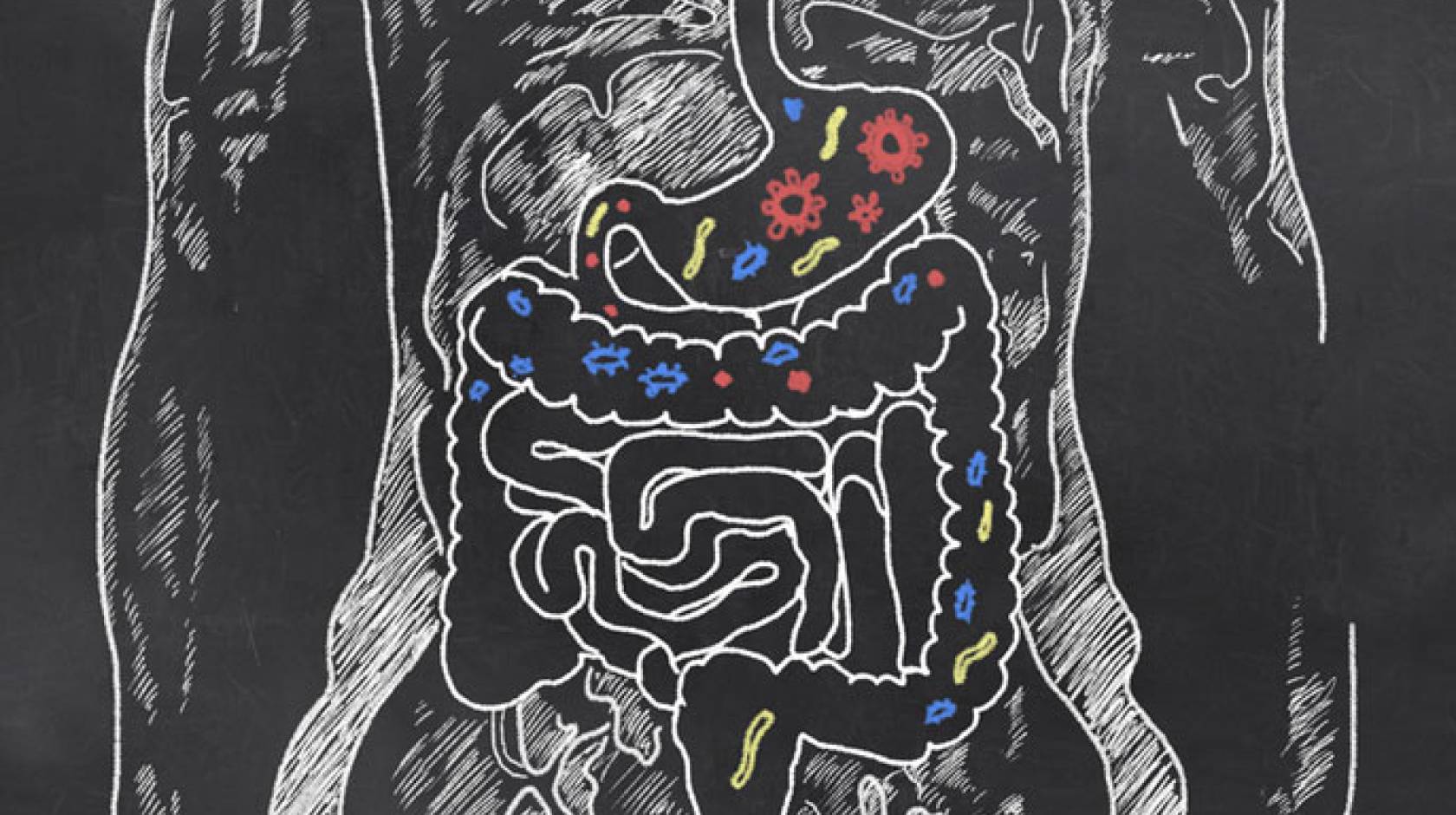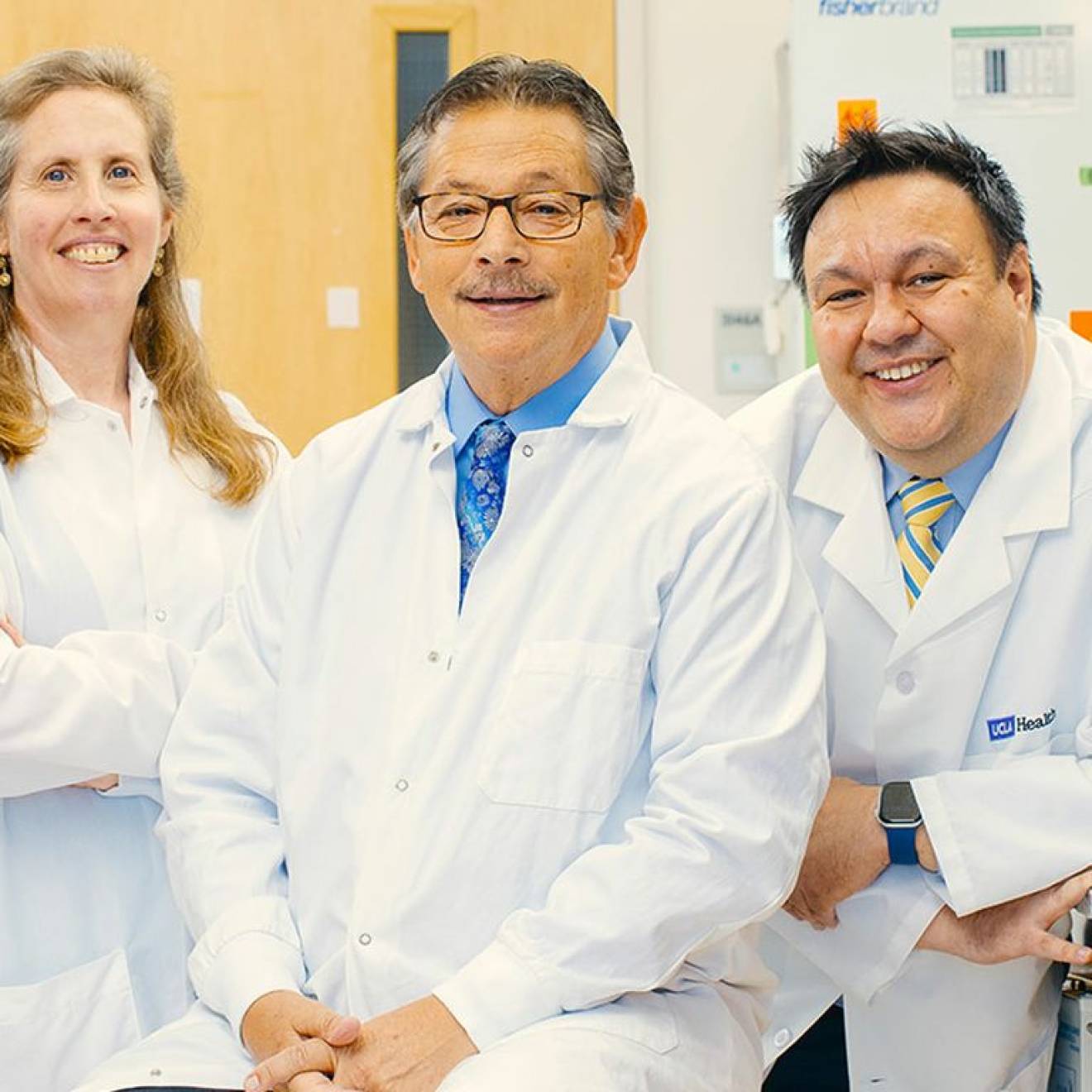Diane Nelson, UC Davis

How do humans digest food? It’s a complicated question, with no easy answer. But in a food engineering lab at UC Davis, a mechanical digestive system is churning out information that may help solve the age-old mystery.
Designed and built by engineer and food scientist Gail Bornhorst, the novel device is providing clues that could help people make better decisions about when to eat, what to eat and how to prepare food to meet their own personal nutritional needs.
“The body is a food-processing plant with a digestive system we know very little about,” said Bornhorst, an engineer and assistant professor in the departments of Biological and Agricultural Engineering, and Food Science and Technology. “We know a lot about the makeup of food as it goes in and comes out, but not much about what happens in between. Our goal is to quantitatively describe food breakdown, transport, and absorption to optimize food quality and functionality.”

Credit: Karin Higgins/UC Davis
Why digestion matters
People want something from their food. Maybe we eat to feel full and energized. Maybe we want certain nutrients or extra protein in our meals. We can evaluate the properties in the food we consume — or trust the marketing and ingredients listed on a label — but in many cases it’s unclear how or if our bodies absorb the nutrients, additives and molecules we ingest.
“We know how a tomato-processing plant works because we can stick sensors inside the tanks,” Bornhorst said. “It’s not so easy with human digestion.”
Researchers are starting to find noninvasive ways to study digestion in live animals and humans using techniques such as magnetic resonance imaging, but the process is limited, costly and ethically controversial. Bornhorst’s lab is taking a different approach. Her research team members developed what they call the Human Gastric Simulator, a tabletop machine that mimics both the biochemical and physical conditions of a human digestive tract.
“We can add acids and enzymes to the ‘stomach’ to simulate gastrointestinal fluids,” Bornhorst said, pointing to a liquid-filled, plastic bag at the center of the device. With the flip of a switch, she turns on a network of slow-moving cranks and plastic rollers that compress the cavity of the bag. “That mimics stomach contractions,” Bornhorst explained.
Complexities of digestion
Bornhorst’s lab is testing a variety of fruits, vegetables and beverages to see how they move through the system. The researchers are also looking at how different cooking and processing methods such as boiling, steaming and frying influence the breakdown and transport of food.
“Turns out, how you prepare your food influences digestion quite a bit,” Bornhorst said. “We’re even seeing digestive differences depending on which variety of raw apple you eat.”
It’s too early for any sweeping conclusion, except maybe this: “Digestion is very complex,” Bornhorst said.
“There are a lot of moving parts and many variables, even person to person,” she said. “We’re working to quantify the fundamental transport processes to better understand things like nutrient release and absorption rates.
“When we have a more holistic understanding of human digestion, we can make more informed decisions about how to meet our nutritional needs,” Bornhorst added.

